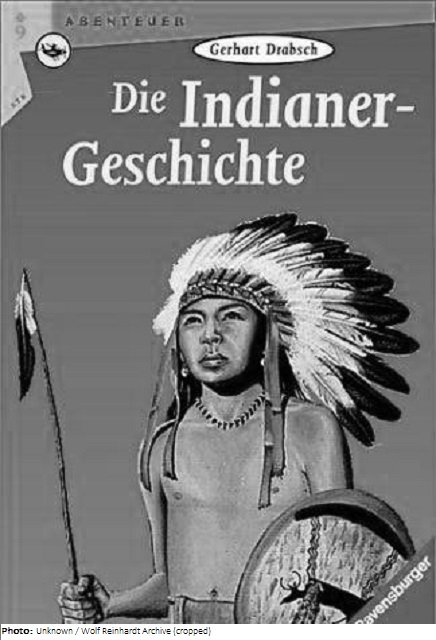Gerhart Drabsch

Biographical information
| Roles | Competed in Olympic Games |
|---|---|
| Sex | Male |
| Full name | Hermann Wilhelm Gerhart•Drabsch |
| Used name | Gerhart•Drabsch |
| Born | 11 September 1902 in Potsdam, Brandenburg (GER) |
| Died | 31 May 1945 in Moldenhütten, Nuthe-Urstromtal, Brandenburg (GER) |
| NOC |  Germany Germany |
Biography
Gerhart Drabsch took part in WW I during its last months. He then studied philology at Heidelberg but started to work in his father-in-law’s timber business. In 1933, he became a member of the SS and made a career in various positions in “Volkstumsarbeit” (folklore work). He lived with his wife at Castle Teupitz / Mark Brandenburg. In 1940, he became an employee of the SS Race and Settlement Main Office in Poland and Prague. Between 1937-45 he and his wife Karla operated a handicraft production facility of wood carving and housekeeping, sewing in the Nazi spirit. Above the castle gate they emblazoned the “Germanic” symbol from the cycle of work and the tree of life. He has been missing in action since April 1945 in the last German Reich offensive “Volkssturm” of World War II. His exact date of death is not known.
Drabsch was the author of several children’s books and Indian stories such as his most famous work, Die Indianergeschichte (The American Indian Story). His stories always focused on youthful heroes who developed into heroic fighters. His literary work from 1928 was a German heroic work called The German Olympia.
Results
| Games | Discipline (Sport) / Event | NOC / Team | Pos | Medal | As | |
|---|---|---|---|---|---|---|
| 1928 Summer Olympics | Art Competitions |  GER GER |
Gerhart Drabsch | |||
| Literature, Lyric Works, Open (Olympic) |